Stings
![]() Are you allergic?
Are you allergic?
![]() Are you bothered with being occasionally stung?
Are you bothered with being occasionally stung?
Bees have stings which they use for protection.
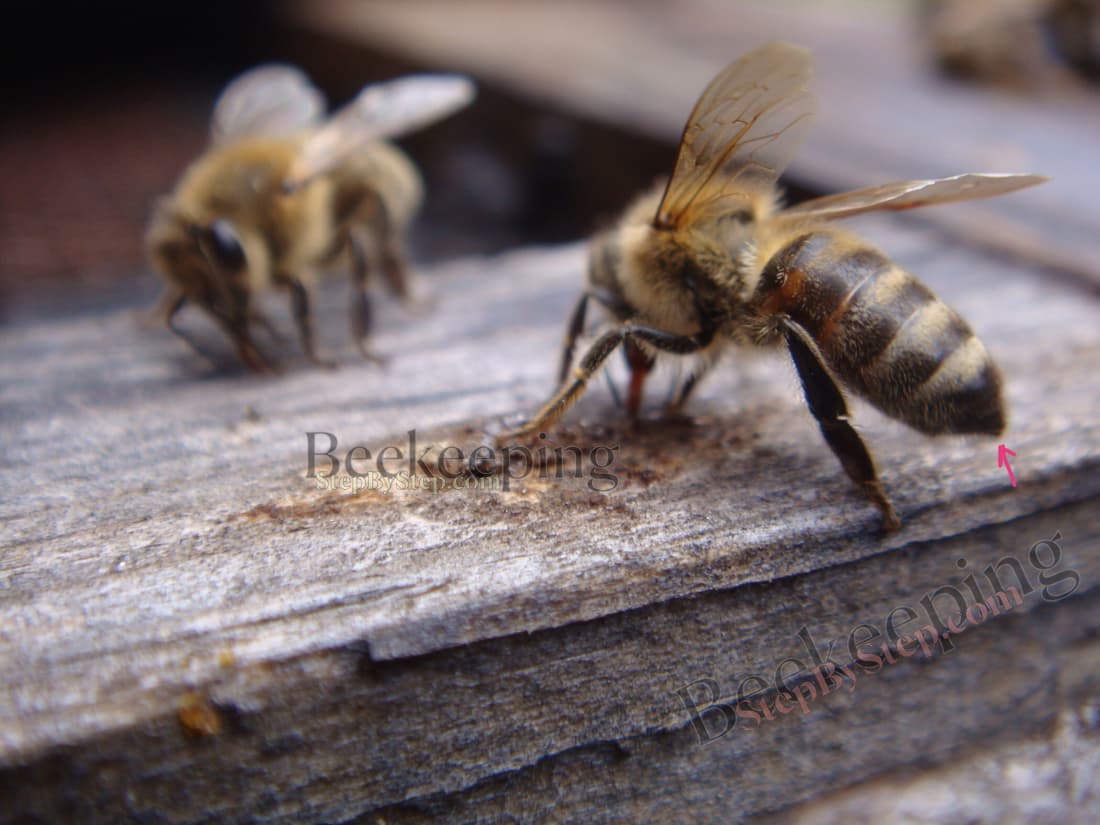
When a bee stings, a small amount of venom is released which can cause pain, redness and swelling. Bee venom may be used as a treatment for some illnesses, for example, arthritis. However, there are some people that are allergic to it, but also there are those who have a fear of bee stings.
Bee sting causes pain, redness and swelling.
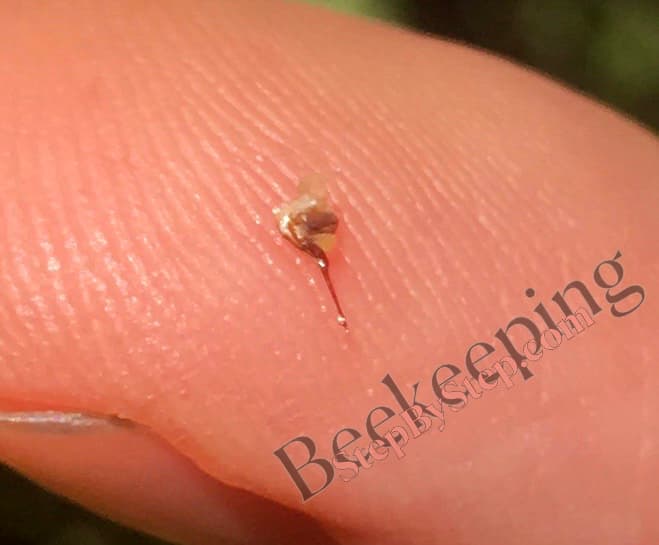
Different people react differently to bee sting – from very mild reactions to very serious allergic reactions.
Before you start beekeeping you need to make sure that you are not allergic to the bee venom.
People that are allergic to bee sting should not be near apiary.
Beekeepers, after some time, usually develop resistance to bee venom and their reactions become very mild, or they
don’t have them at all except for momentary pain.
However, very rarely, a beekeeper may also develop an allergy to bee stings.
Although beekeepers wear protective beekeeping suites when working with hives, nevertheless you can get stung.
If you want to pursue beekeeping, be prepared to an occasional bee sting.
Bee doesn't usually attack unless she feels she's in danger - if you intimidate her in some way. The bee will sting you if you press her or come too close to the hive.
Honey bee foraging on flowers won’t bother with you.
Advertisement :
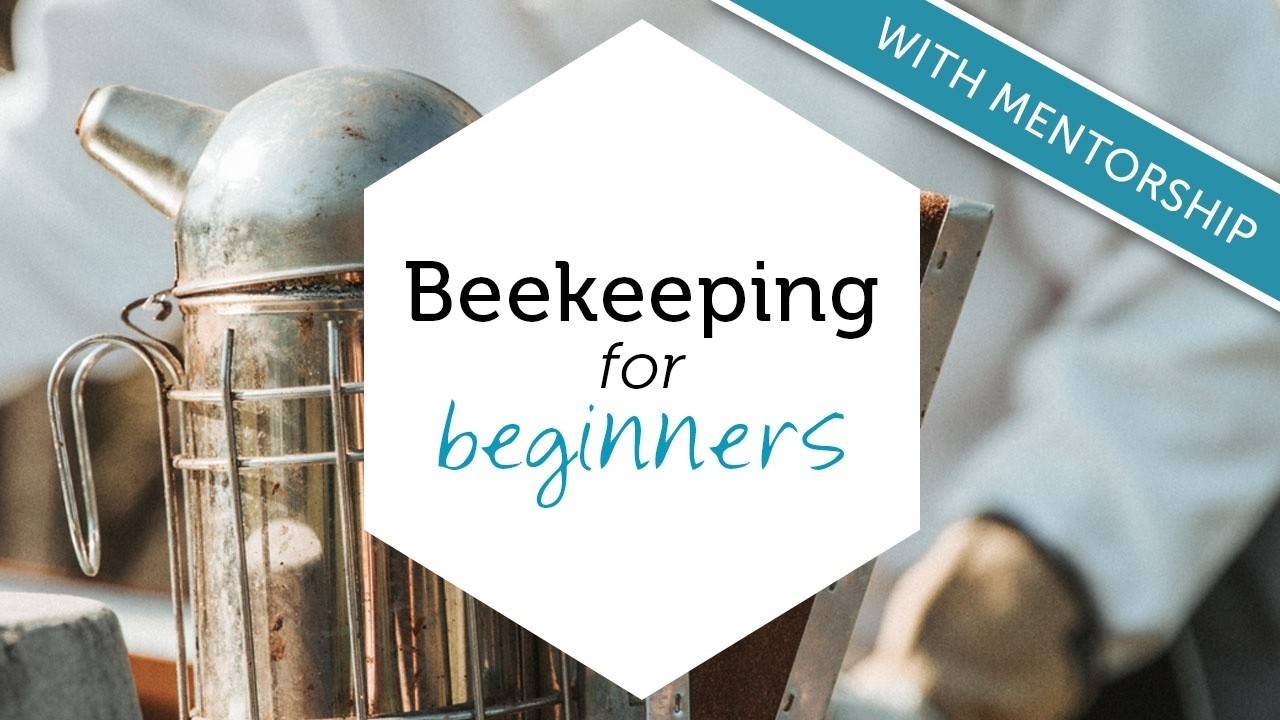
Beekeeping for Beginners
Everything you need to know!
This is a full beekeeping course for beginners.
Honey flow
![]() Is there at least one good main honey flow in your area?
Is there at least one good main honey flow in your area?
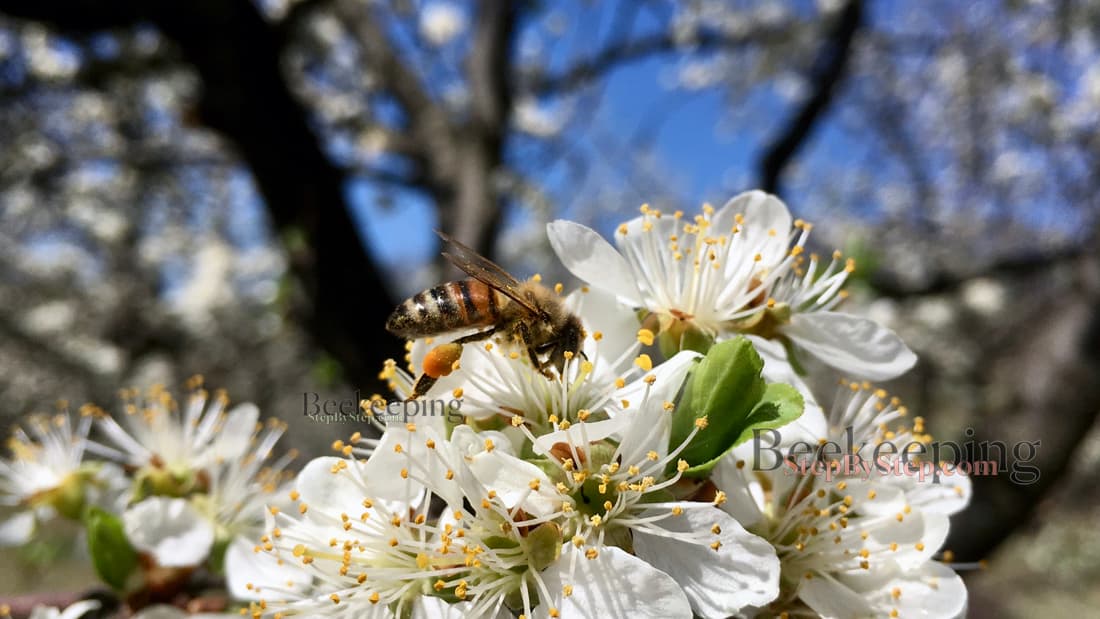
Not all plants are honey plants (those that produce nectar from which bees make their food - honey) – some give only pollen and some bees don't visit at all.
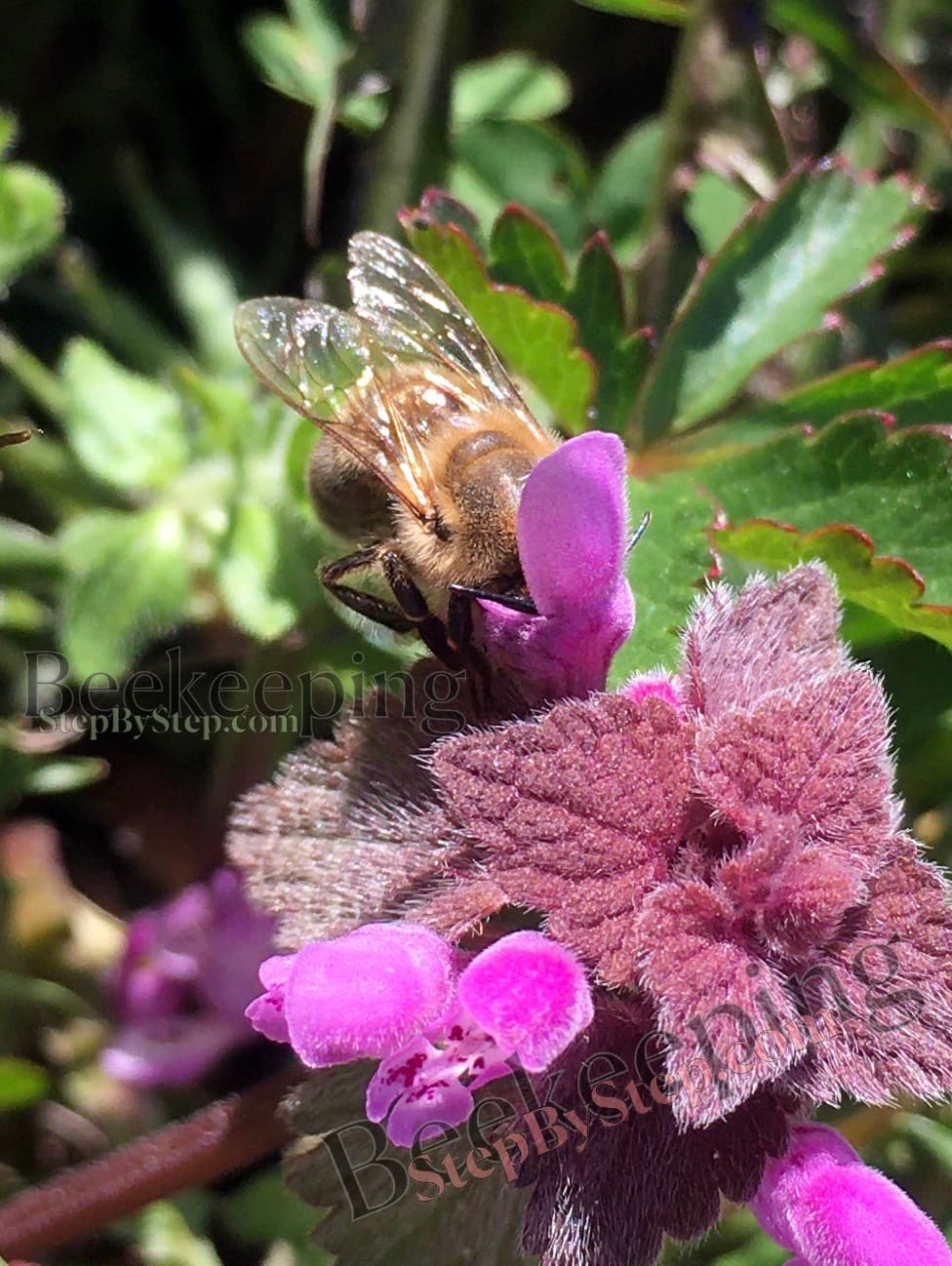
There has to be enough honey plants in an area of about 3 km (2 miles) around the apiary (that is how much the bees fly in search of flowers) – one blooming tree is just not enough.
You can get information about honey flow from local beekeepers. You can also check online for plants that bloom in larger quantities in your area, and see if they have any significance for honey bees.
Time
![]() Do you have enough time to invest in learning and beekeeping?
Do you have enough time to invest in learning and beekeeping?
Learning
Learning is an important part of beekeeping, especially in the beginning.
You need to make time for reading and, if possible for practical learning at the apiary of a local beekeeper.
Working with bees
Bees don't require your constant presence at the apiary. But, if you want to be a beekeeper, you need to commit some time to them.
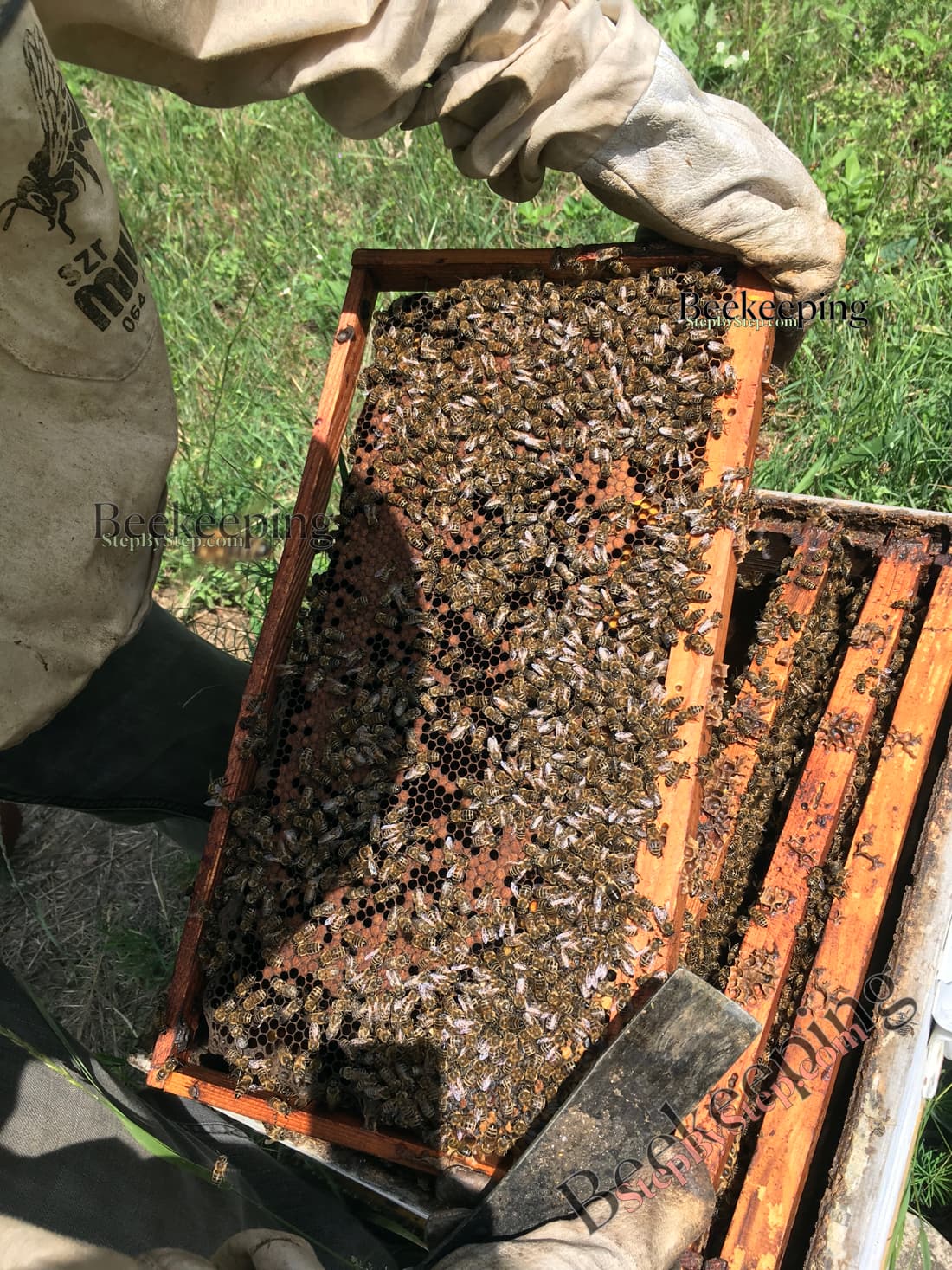
You can’t just get bees and then forget about them.
Two-three hours a week, during the season should be enough for maintaining two or three hives.
When you gain the experience, regular inspections in some periods of season, may be less frequent.
However, sometimes it is necessary to do something at specific time (that is not related to regular inspections but to some particular actions), so at that particular time you need to be at the apiary.
Budget
![]() Can your budget cover the costs?
Can your budget cover the costs?
Even though once you purchase everything you need, beekeeping isn't expensive (in case you don’t want to expand your apiary), initial costs can be high.
Once you reach the number of hives you wish and obtain all the equipment you need, the expenses will reduce significantly.
The only expenses you will have on a completely formed apiary are:
![]() Sugar for feeding bees – before winter and occasionally if some hive needs to be helped with some feeding.
Sugar for feeding bees – before winter and occasionally if some hive needs to be helped with some feeding.
![]() Treatments against varroa
Treatments against varroa
![]() And occasional painting or fixing boxes or other equipment on the apiary.
And occasional painting or fixing boxes or other equipment on the apiary.
Space
![]() Do you have space to place your apiary?
Do you have space to place your apiary?
![]() Do you have some closed space for disposing beekeeping equipment and boxes that you aren't using?
Do you have some closed space for disposing beekeeping equipment and boxes that you aren't using?
Place for an apiary
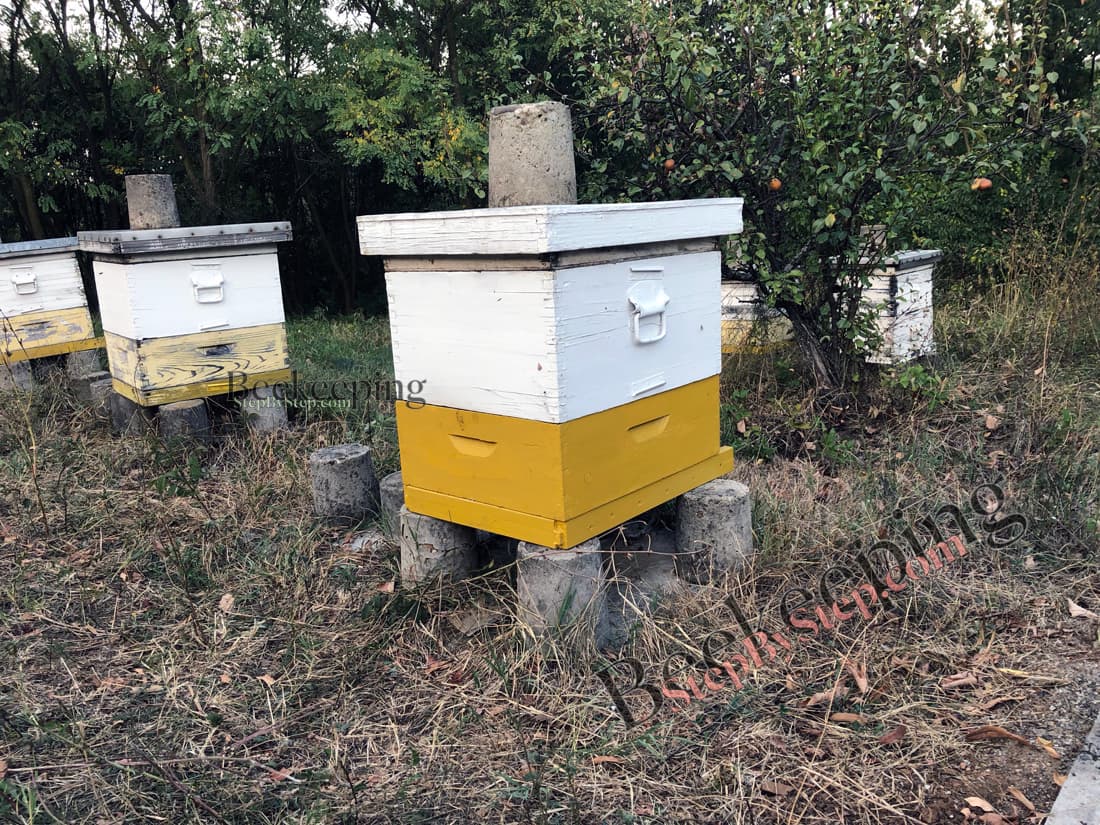
![]() The best place is near your house, in your own yard or the orchard.
The best place is near your house, in your own yard or the orchard.
It is not necessary to live near it if you can visit the apiary once a week during the spring and summer.
![]() Sheltered from strong winds
Sheltered from strong winds
![]() On drain and sunny, or partially shaded, place (the water doesn't dwell on the ground)
On drain and sunny, or partially shaded, place (the water doesn't dwell on the ground)
![]() Avoid moist and shady places – this is where all sorts of mold and pests develop from which bees easily catch diseases
Avoid moist and shady places – this is where all sorts of mold and pests develop from which bees easily catch diseases
![]() Avoid places with little light (for example forests). At a place like this the working day of the bees is significantly reduced - they start foraging later and finish earlier.
Avoid places with little light (for example forests). At a place like this the working day of the bees is significantly reduced - they start foraging later and finish earlier.
![]() The apiary should be fenced - protected from harassment of people and domestic (and other) animals
The apiary should be fenced - protected from harassment of people and domestic (and other) animals
![]() Also, the bees shouldn't disturb the neighbors and people passing by
Also, the bees shouldn't disturb the neighbors and people passing by
![]() Hives should always be approached from behind so there should be enough space behind the hives.
Hives should always be approached from behind so there should be enough space behind the hives.
Space for the equipment
You need some closed space, so the bees and other insects, including other pests don't have access to.
In this room you are going to keep your equipment, parts of the hives that you don't need all the time, empty honey combs etc.
You will also need space for extracting honey. This can be done in that same room or any other but the bees must not have access to that room while extracting.
The law
![]() Are there any laws regarding beekeeping in your area?
Are there any laws regarding beekeeping in your area?
The laws differ from place to place. Make sure you are acquainted to the laws on maintaining bees in your area.
If you went through all of these requirements and decided that beekeeping is something you really want to do, keep learning.
We wish you happy beekeeping!